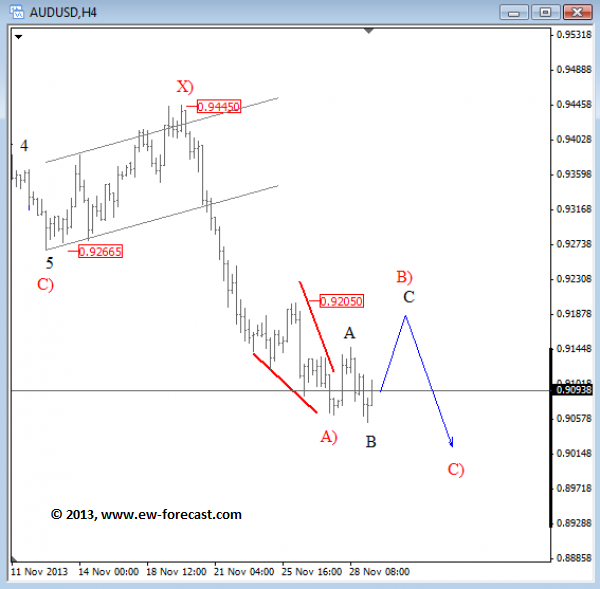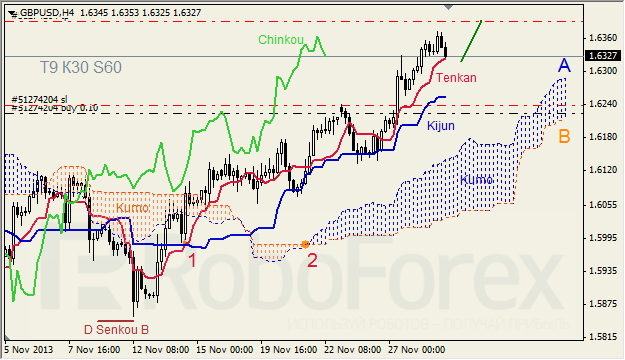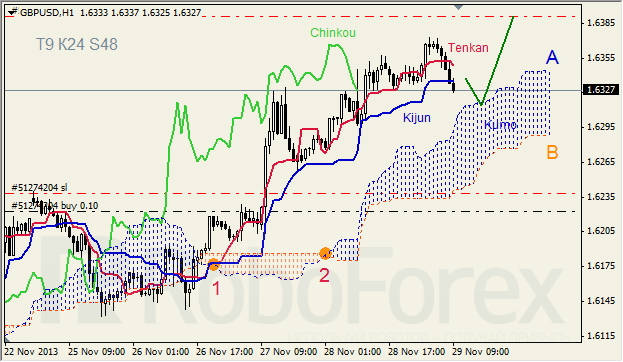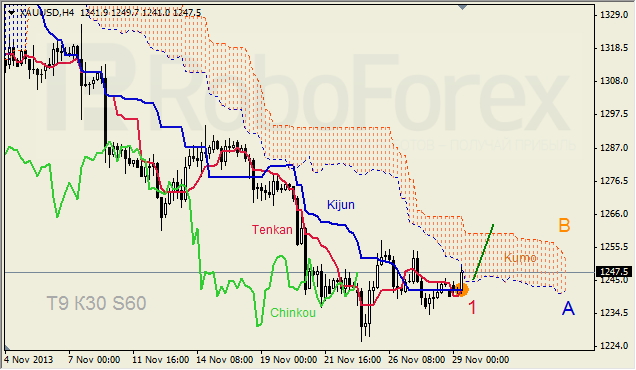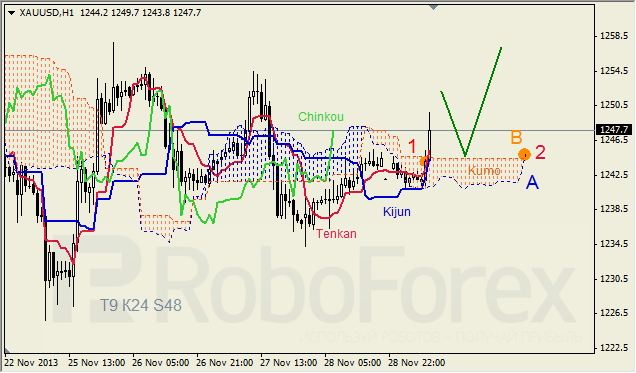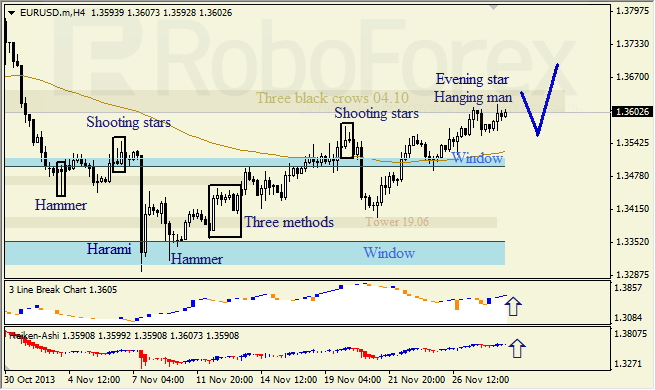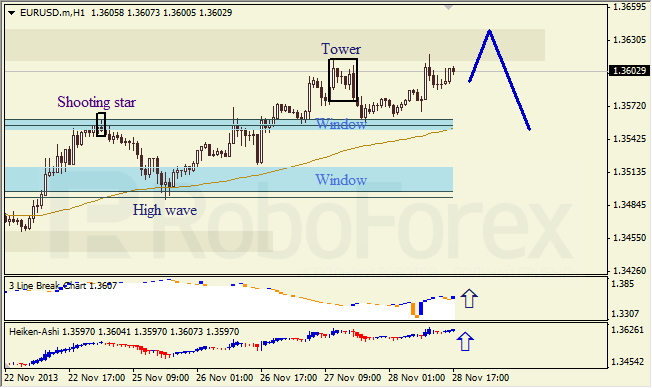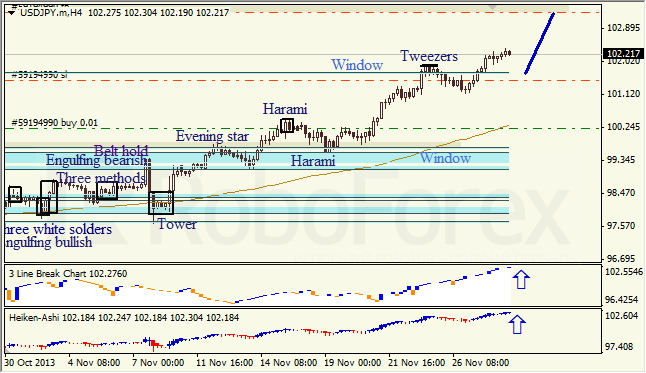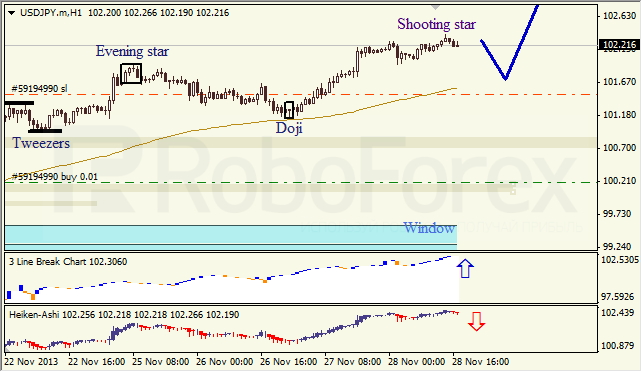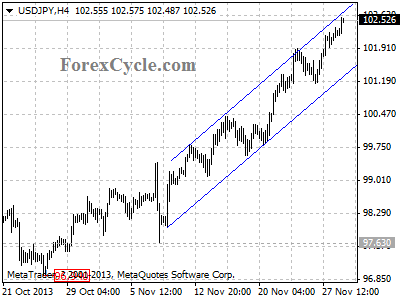By The Sizemore Letter
Forever is a long time, particularly in the stock market. The Wall Street Journal archives are full of stories of companies that were once the toast of the town…only to fall into irrelevance or bankruptcy.
Enron, Lehman Brothers, BlackBerry (BBRY) and JC Penney (JCP) are all fine examples of companies that were once leaders in their respective industries. Enron and Lehman Brothers are long dead, and BlackBerry and JC Penney are currently fighting for their lives and may not survive 2014.
Related: JC Penney on Express Train to Oblivion and BlackBerry Chiefs Walk Away – You Should Follow
So how do you know which stocks are “buy and hold forever” stocks and which are at risk of going the way of BlackBerry or Penney? There are no rules that are guaranteed to work 100% of the time, but these guidelines will get you close:
- The company is a leader in its respective industry.
- The industry is not particularly susceptible to technological disruption.
- Demand for the company’s products is relatively immune from fickle consumer tastes.
- The company has a “black swan proof” balance sheet with modest amounts of debt.
- The company has a long history of prudent shareholder-friendly actions, such as paying and raising the dividend.
The first bullet is actually the least important, as all of the spectacular blowups I mention above were once industry leaders. But I include it because, when combined with the other four points, we get the makings of a quality “buy and hold forever” list.
You will notice that banks, retail stores, and technology companies are conspicuously absent from the list. There is a good reason for that. With few exceptions, technology companies tend to have short lives, and those that stick around for the long haul do so by adapting. Apple (AAPL), for example, transformed itself from a struggling computer maker to the dominant consumer electronics company. But for every Apple, there are a lot more like BlackBerry—companies that fell victim to technological disruption and failed to adapt in time.
Likewise, because they are by nature highly-leveraged and subject to macro shocks, banks are a no-go on the buy-and-hold-forever list. And finally, JC Penney is a warning to all retailers, even well-managed ones like Wal-Mart (WMT) and Target (TGT). Penney was once an innovative leader too; its catalogue business was the precursor to online shopping as we know it today. Wal-Mart and Target were the disruptors that wrecked Penney’s business. And unless they continue to adapt to fend off competition from Amazon.com (AMZN), they will eventually succumb to Penney’s fate as well.
So, with no further introduction, let’s jump into the list.
1. Diageo
I’ll start with global drinks giant Diageo (DEO), one of my very favorite long-term holdings.
Diageo meets all of our criteria; it’s the leading premium spirits company in the world, its products are as close to technology proof as you’re going to get, its liquor brands span across all tastes and preferences, its business is robust enough to survive economic shocks, and Diageo is a Dividend Achiever par excellence.
I once, tongue in cheek, argued that Diageo was the ultimate 12- to 18-year play in reference to its premium scotch brands:
Anyone can start an exclusive new vodka brand given a sufficient pool of capital. Consider the example of Grey Goose. American billionaire Sidney Frank created the brand in 1997 and sold it to Bacardi just seven years later for a quick $2 billion. Had he opted instead to create a new scotch brand, he would not have lived long enough to enjoy its success. When the late Mr. Frank passed away in 2006, his first batch of scotch still would have needed another five years or more of aging to be taken seriously.
Diageo’s dominance of scotch via Jonnie Walker and its other brands is a competitive advantage that won’t be disappearing any time soon. Diageo also gives you access to the consumers of tomorrow; the company currently gets 42% of its sales from emerging markets, and it will soon get more than half.
The stock currently pays a dividend of 2.7%. I recommend you buy Diageo, instruct your broker to reinvest the dividends, and hold on to it—forever.
2. Unilever
Next on the list is Anglo-Dutch consumer goods and packaged foods company Unilever PLC (UL).
If you’ve ever set foot in a supermarket anywhere in the world, then you are familiar with Unilever’s brands. Among many others, they include: Axe, Ben & Jerry’s, Bertolli, Dove, Lipton, St Ives, VO5, and Vaseline. If there was ever a set of products that was unlikely to fall to technological obsolescence or a black swan event, it would be Unilever’s.
But while its products may be mundane consumer staples in the West, Unilever has excellent growth prospects abroad. Unilever gets nearly 60% of its revenues from emerging markets, and while that has hurt the company this past quarter, it ensures that it has a bright future as living standards continue to rise.
Unilever has one of the strangest share structures of any company on the planet. It’s listed in both London and Amsterdam as two separate companies, Unilever PLC and Unilever NV (UN), respectively, and both trade in the U.S. as ADRs. Back in the 1930s, management found it easier and cheaper to do a “business merger” rather than a “legal merger” between the British and Dutch companies that today make up the Unilever Group.
Don’t be distracted by any of this. For all intents and purposes, UL and UN are the same. The only effective difference is that UN is subject to 15% withholding taxes on dividends in the Netherlands, whereas UL is not. This matters, as the dividend is an important part of Unilever’s returns. The company has raised its dividend every year for over 25 years and currently yields 4.0%. For this reason, I recommend UL over UN.
3. Heineken
Next on the list is global megabrewer Heineken (HEINY). Beer is no longer much of a growth industry in the West, but demand is stable. And in many emerging markets, beer is still a phenomenal growth opportunity and an excellent way to invest in rising incomes among the new global middle class.
Heineken gets about half of its revenues and 64% of its sales by volume from emerging-market countries, and it has excellent positioning in Africa, the last real investing frontier of any size. Africa already accounts for 22% of Heineken’s sales by volume and 14% of revenues, and this percentage will only increase with time as African consumer trade-up from home brews to branded beer.
Prices are considerably higher in developed countries, which explains the gap between revenues and sales by volume. Heineken sells less beer in the West, but it charges more for the beer it sells. As incomes rise in emerging markets, expect this gap to close.
30 years from now, Microsoft (MSFT) and Apple may no longer exist, or if they do you can bet that they will look vastly different than they do today. But 30 years from now, beer drinkers the world over will still be cracking open bottles of their favorite brews.
Heineken trades for a reasonable 17 times earnings and pays a modest 1.8% dividend. Buy it and hold it…forever.
4. Realty Income
Moving away from consumer brands, I want to highlight my favorite long-term REIT holding, Realty Income (O), a conservative triple-net REIT that owns things like pharmacies, gyms and distribution centers. Realty Income is very selective in both the properties it chooses and the tenants responsible for paying the rent.
Realty income has a 44-year track record as a landlord. It owns 3,800 commercial properties in 49 states and Puerto Rico, all of which are leased under long-term leases typically of 10-20 years. To spread the risk, Realty Income’s tenants are spread across 200 companies and 47 industries.
Realty Income has been a dividend-paying and dividend-raising monster since going public in 1994. In 19 years, it’s made 519 dividend payments and hiked the dividend 73 times. Importantly, unlike many of its brethren in the REIT space, Realty Income sailed through the 2008-2009 meltdown without a scratch. Not only did it maintain its dividend throughout, Realty Income actually raised it.
I have no idea what the world will look like 30 years from now. But I have no doubt in my mind that the three rules of real estate will be the same then as today: location, location, location.
Realty Income has taken a beating of late, as have most income-oriented investments. Fears of rising bond yields and Fed tapering have scared away would-be investors. Use this as an opportunity. Buy Realty Income, enjoy its 5.6% dividend, and hold—forever.
5. Nestlé
Last on the list is the Swiss confectionary giant Nestlé (NSRGY).
Nestlé sells food and nutrition products; everything from baby formula and chocolate milk to instant coffee and packaged food. These are the kinds of products that tend to have stable demand, even in a recession. Times would really have to be hard for a person to forgo ice cream or chocolate candy.
Nestlé currently yields 3.1%, and as you have come to expect, that dividend is growing. Nestlé has grown its dividend every year since 1996, and its dividend has grown at a 12.5% annual clip since 2001. (Note: these rates are in the company’s reporting currency, the Swiss franc.)
Few companies in the world have as global a footprint as Nestlé. The company is active on every inhabited continent, and it gets 30% of its sales from fast-growing emerging markets. This is expected to be as high as 45% by the end of this decade, meaning that Nestlé has ample room for continued growth.
I cannot be certain of much is this world, but of this I have no doubt: 30 years from now, Nestlé will still be in business, and the company will be selling a lot more food and drink products than it is today. Its dividend will also be a lot higher.
This article first appeared on InvestorPlace.
Charles Lewis Sizemore, CFA, is the editor of Macro Trend Investor and chief investment officer of the investment firm Sizemore Capital Management. Click here to receive his FREE weekly e-letter covering market insights, global trends, and the best stocks and ETFs to profit from today’s exciting megatrends.
This article first appeared on Sizemore Insights as 5 Stocks to Buy and Hold–Forever
Join the Sizemore Investment Letter – Premium Edition
